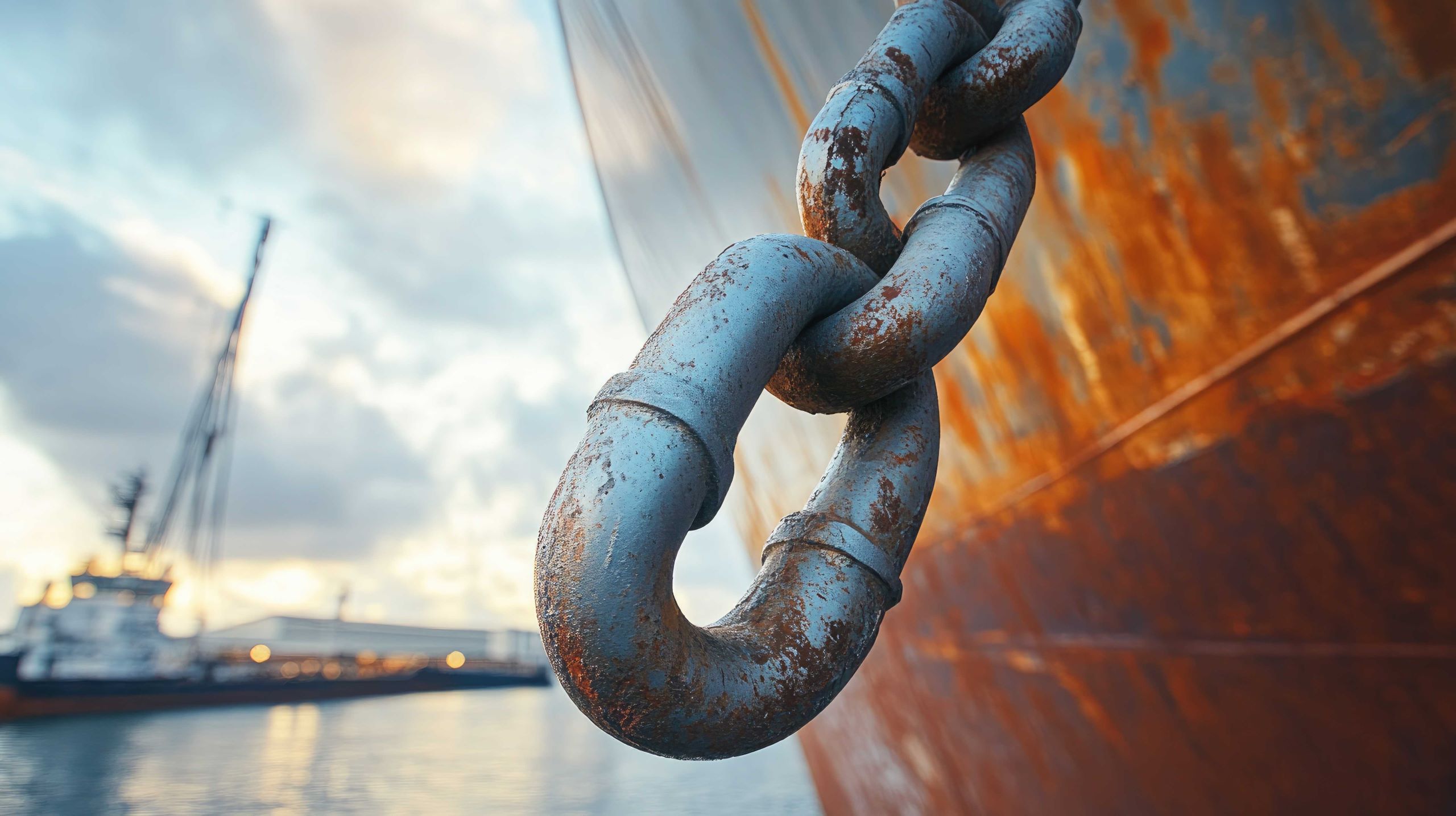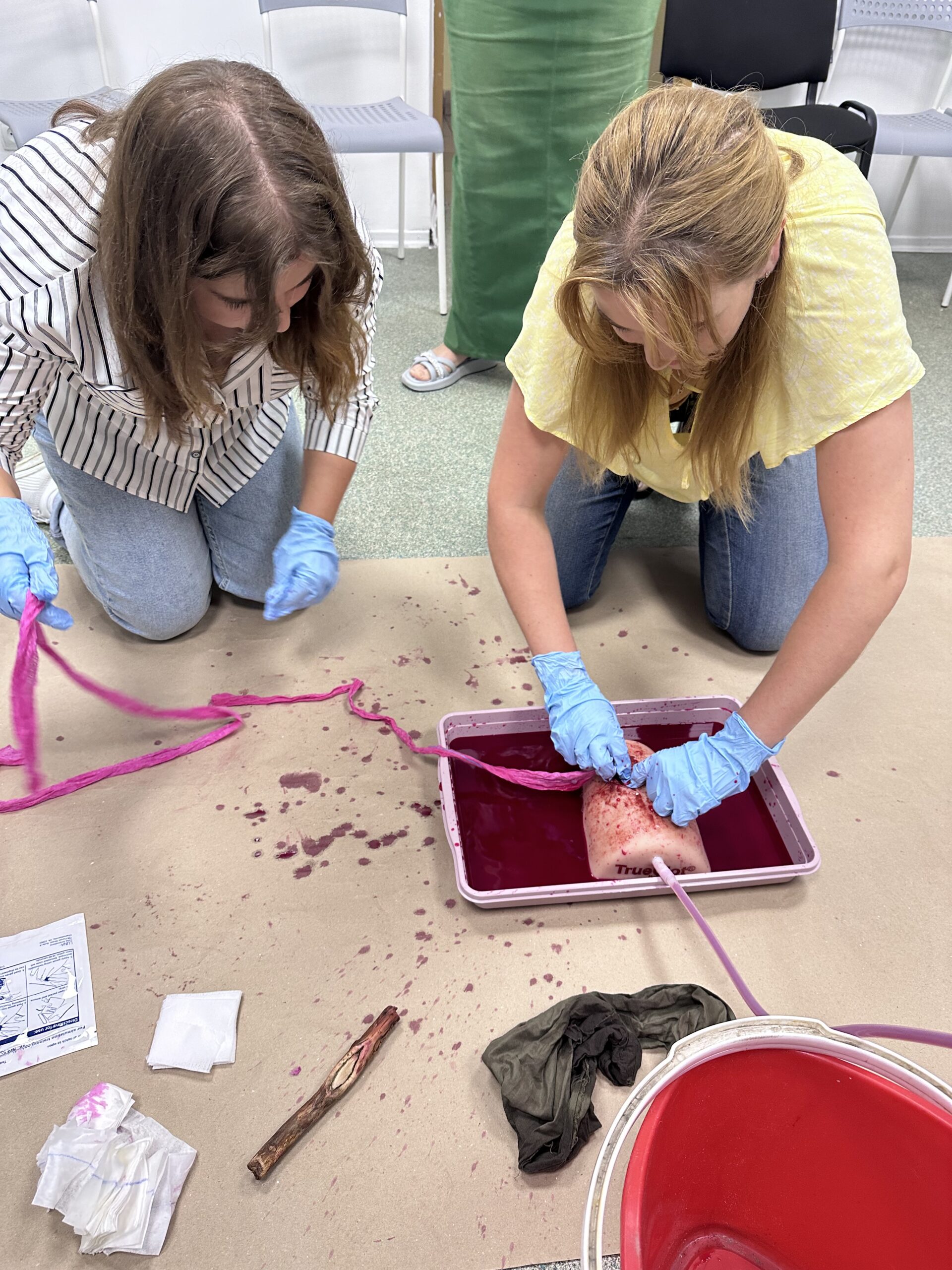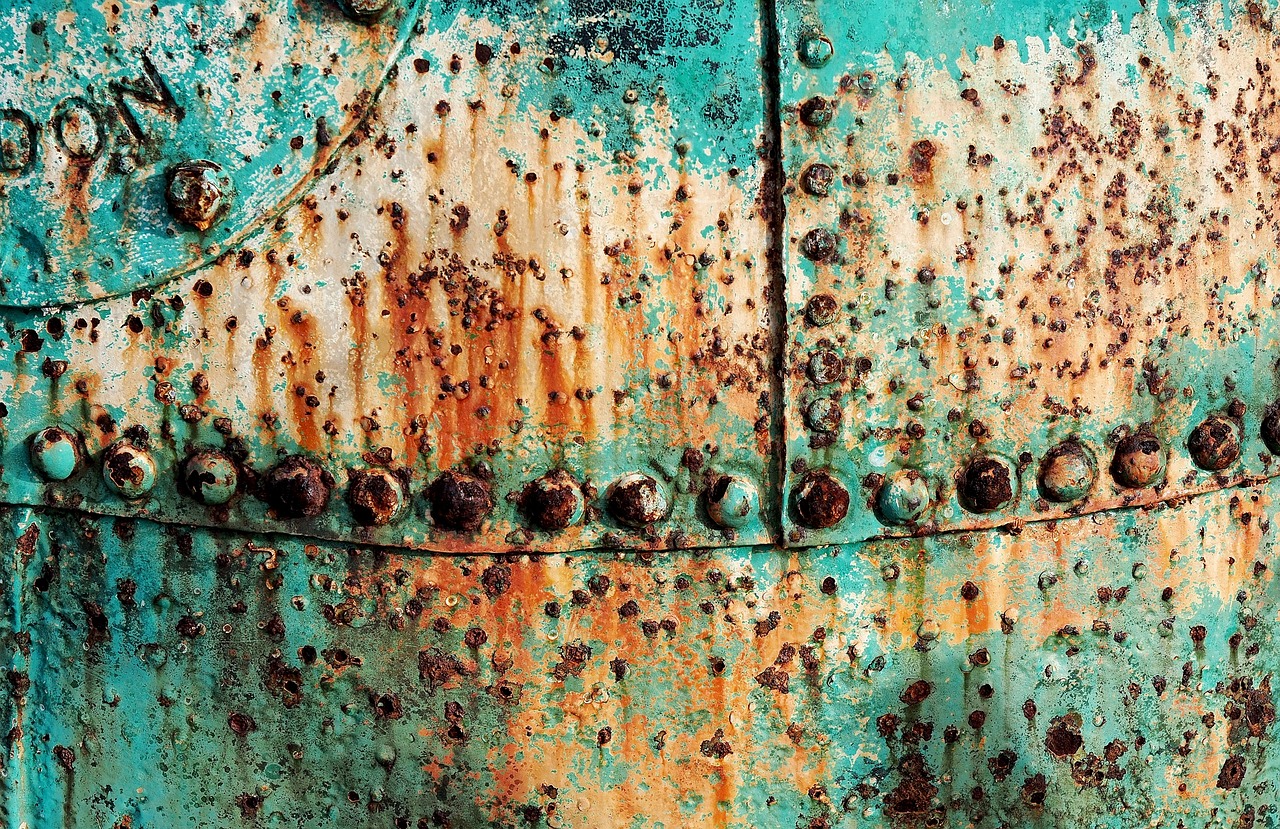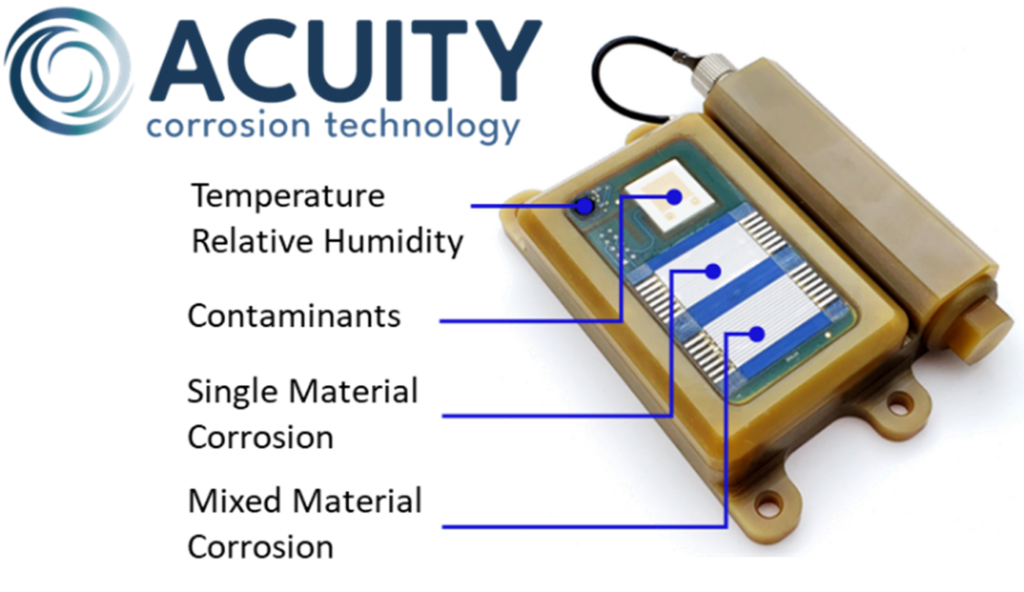Categories
Tags
Share:
More Articles
-

Atmospheric Corrosion Monitoring Technical Exchange (online)
Hear about the future of corrosion measurement, modeling, and management from aerospace, defense, and automotive industry leaders.
Categories
-

Train Smarter: Latest News from Luna Labs’ MedSim Team
Find out about the SBIR Ph III mandate, Stop the Bleed Day, and more.
Categories
-

C-DAT: Making Sense of Corrosion Data (Video)
C-DAT automates data analysis, enhances data accessibility, and significantly reduces analysis time to just a few seconds.
Categories
Tags


